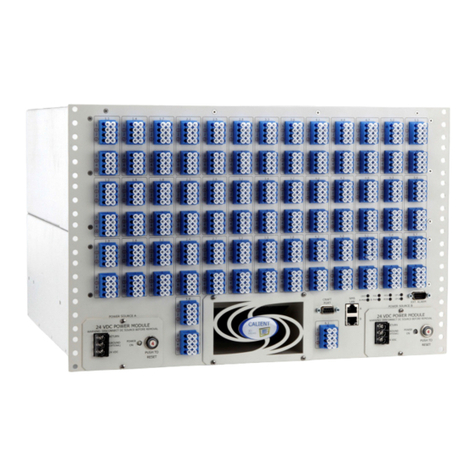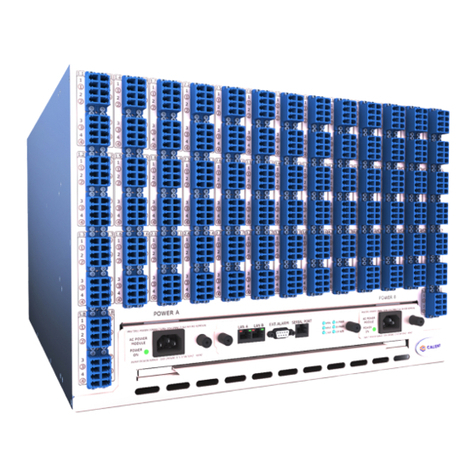
S320 OCS Repair and Diagnostics Field Guide
Page 4 of 22
Table of Contents
1INTRODUCTION...................................................................................................................... 7
2SAFETY SUMMARY ................................................................................................................. 8
2.1 Laser Safety........................................................................................................................ 8
2.1.1 General Precautions ................................................................................................. 8
2.1.2 Laser Sources .......................................................................................................... 10
2.1.2.1 Class 1 Laser .................................................................................................... 10
2.2 Electrostatic Discharge .................................................................................................... 10
2.3 Optical Connections......................................................................................................... 11
2.3.1 Keeping Fiber Connectors Clean............................................................................. 11
2.3.2 Optical Fiber Bend Radius....................................................................................... 11
2.4 Fiber-Optic Connector Cleaning ...................................................................................... 12
3CATEGORY A ALARMS .......................................................................................................... 13
3.1 Replacement Part Types .................................................................................................. 13
3.2 Part Failure Notification................................................................................................... 13
3.3 Corrective Action ............................................................................................................. 13
3.4 Replacement Part Numbers ............................................................................................ 14
3.5 DC Power Modules .......................................................................................................... 14
3.5.1 Removing the DC Power Module ........................................................................... 15
3.5.2 Installing the DC Power Module............................................................................. 15
3.6 Fan Module...................................................................................................................... 15
3.6.1 Removing the Fan Module ..................................................................................... 16
3.6.2 Installing the Fan Module....................................................................................... 16
3.7 Fan Filter .......................................................................................................................... 16
3.7.1 Removing the Fan Filter.......................................................................................... 17
3.7.2 Installing the Fan Filter ........................................................................................... 18
4CATEGORY B ALARMS .......................................................................................................... 19
4.1 Alarm Severity.................................................................................................................. 19
4.1.1 Alarm Definitions.................................................................................................... 19































